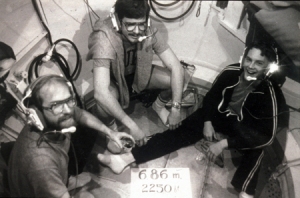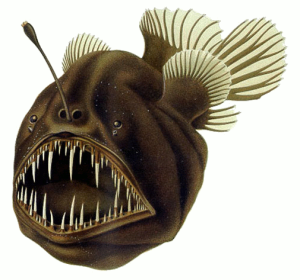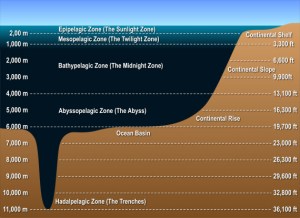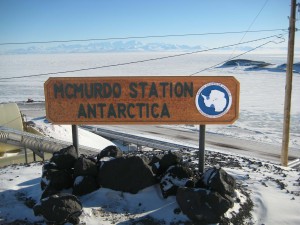 It’s scallop season in the fertile waters of the Florida Panhandle. Almost completely surrounded by a peninsula called Cape San Blas sits a shallow body of clear water and sandy bottom that is an ideal location for bay scallops. Unfortunately for the scallops, the shallow water makes a yearly harvest of scallops by boaters and waders almost too easy.
It’s scallop season in the fertile waters of the Florida Panhandle. Almost completely surrounded by a peninsula called Cape San Blas sits a shallow body of clear water and sandy bottom that is an ideal location for bay scallops. Unfortunately for the scallops, the shallow water makes a yearly harvest of scallops by boaters and waders almost too easy.
Recently my extended family of eight descended on the unsuspecting bivalves as if our lives depended upon them. We spent most of a day in a hunter-gatherer mode, reaping the benefit of a bountiful crop, imagining an earlier day when local tribes did in fact depend on the local scallops and oysters for their survival.
I had been scalloping in Saint Joseph’s Bay once before, but this year the scallops were larger, and seemingly more bountiful. They attempted to hide in the sea grass, and I suppose those that hid well were passed over. But fortunately for us, many could not hide from the practiced eyes of determined snorkelers.
Usually scallops react to being picked up by snapping their shells together in an attempt to protect their vulnerable innards. However, one large scallop which had apparently lived long enough to be the equivalent of a wise scallop, or perhaps simply an inquisitive scallop, started to close his shell, and then stopped. We remained locked in a gaze, me with my green eyes staring through a diving mask, and it staring at me with its multiplicity of luminous, iridescent blue eyes.

I know this is blatant anthropomorphism, but it seemed like it was saying, “Well, hello. What’s this? Are you a deity? I’ve heard about you, but you’re not at all what I was expecting.”
I must admit I stared back quizzically, surprised by this little fellow’s bravado. He truly seemed to be checking me out.
It was bad luck for him that his telepathic powers of communication didn’t make a dent in my determination to eat him, or at least to eat his adductor muscle after discarding the rest. So into the bag he went with the growing collection of other scallops. In the end, his bravado did him no good at all.
It was somewhat of a pitiful sight as the captives were poured in a heap on a wooden platform just above the water of the bay. I bet they could smell it, the safety of water so close, and as the cliché says, so far away. They all tried to escape, to jet away, sounding like a chorus of castanets. Of course, in air, jetting just doesn’t work for them. They were stranded. I could almost sense their collective panic.
I suspect the mechanics of scallop butchery came as quite a shock to this little guy. I’m just glad that this year I didn’t have to do it — my son took my place at the sacrificial altar. After all, shucking is, at its best, tiring and a little bit gross. Beer helps of course.
In the unlikely event that now jaded scallop had seen me, had watched me with its sixty or more eyes as I began to take a shucking knife to it, could I really do what my family was expecting of me? Probably, but I don’t know for sure.
Well, I didn’t have to face that, and I will confess, I felt only pleasure, no guilt, as I finished off the last of those pure white scallop muscles, sautéed with butter, garlic and a dollop of lemon juice.
It was about 48-hours later, when the delicate flavor of those fresh scallops began to fade from my memory, that I had a sobering thought. Could those bivalves in fact be more sentient than we assume? After all, I’ve been mistaken before about the intelligence of invertebrates.
I’ve heard that scallop eyes can’t really see shapes, only shades of light, and movement. Arguably there is not enough neural matter for them to generate anything like a thought — at least in human terms.
But what if we’re wrong? Even worse, what if a highly advanced alien species, hungry after traveling interstellar distances, encounters humans? Would they consider us with the same lack of respect that we consider scallops? Could we be considered to have too little cerebral grey matter to create an organized thought — at least in alien terms? Would we be considered insentient and therefore unworthy of pity as we’re “shucked” and sautéed for dinner?
In Stephen Hawking’s opinion, that is a real possibility. http://www.timesonline.co.uk/tol/news/science/space/article7107207.ece
So, maybe we shouldn’t be trying so hard to attract the attention of extraterrestrials. If they show up hungry, maybe our communication, telepathic or otherwise, would do us no more good than it did that inquisitive scallop.
He sure was tasty.


























